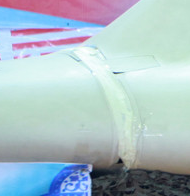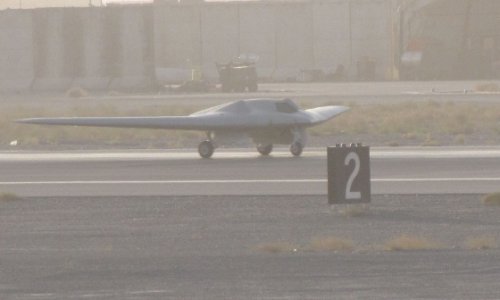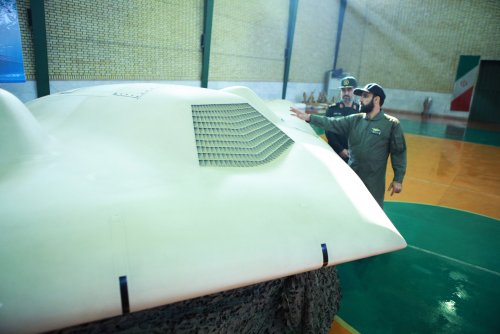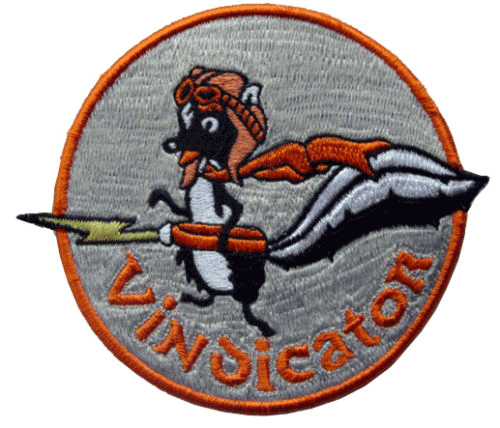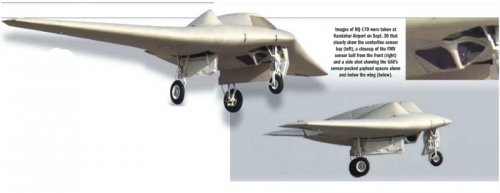- Joined
- 6 August 2007
- Messages
- 3,895
- Reaction score
- 5,985
Trident said:Well, if you were agreeing with what bipa said there, responding with what amounts to "No, you're wrong" when taken at face value seems like a patently unhelpful way of expressing your agreement.
I wasn't agreeing at all, I was pointing out that the explanation given applies to scale model testing, because the frequency is scaled. RCS itself is a measure of power the target reflects back at the radar - this is why it's typically expressed as dBsm. The dBsm is expressed as -20dBsm, etc. -20? Well, 20 less than what?
20 less than a (theoretical) perfectly conducting metal sphere at least several wavelengths in diameter. A sphere reflects in all directions equally for all viewing aspects. To calibrate a radar (or RCS test), a sphere is used for just these reasons. Once calibrated, you have the numbers for your ideal sphere - which removes frequency from the process (this is why the ideal sphere is x wavelengths in diameter).
The idea that RCS is dependent on the "size/frequency ratio" is not accurate, because RCS itself has no frequency component. As stated above, frequency is removed on purpose. When testing a scaled model though, frequency is a factor because those several wavelengths for the idea sphere have to be scaled as well.
So RCS itself has no frequency, and is not affected by scale. Scaled model RCS testing does, because the whole point is to scale the results to a real world object.
Ian33 said:Tape?
So an LO airframe flies about for years with two strips of uncovered tape? And not into undefended airspace but highly defended as well?
Do LM not have a repairs facility? is this tape so supreme that it can replace LO skin on such a vulnerable area? I am skeptical to say the very least.
It's likely that like the tape holding the wings in place, this was applied by the new owners.

